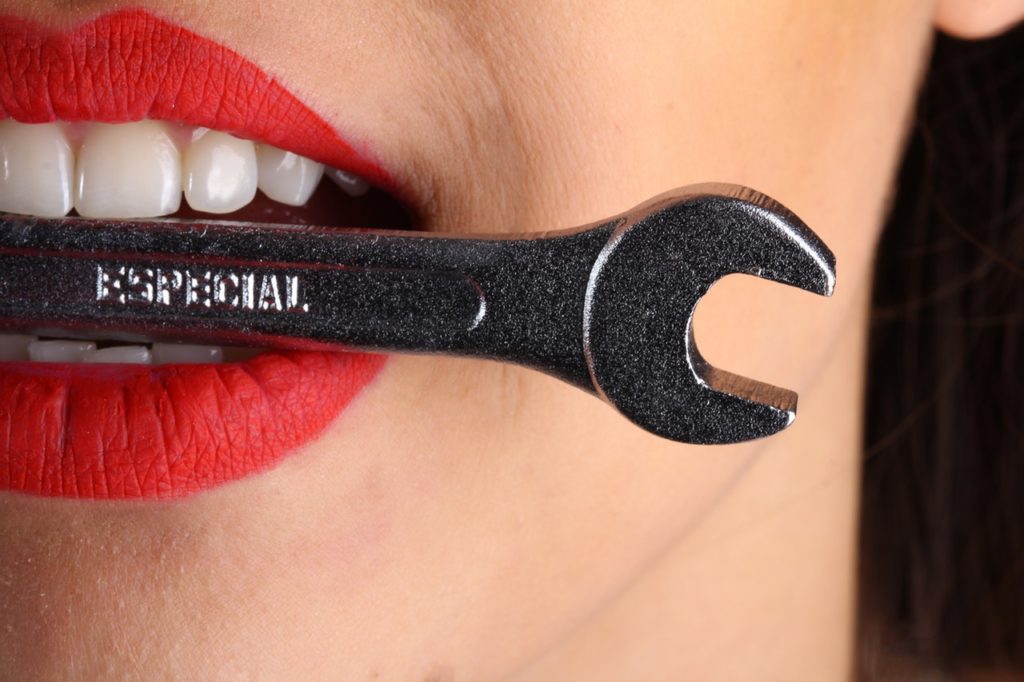Premenstrual syndrome more commonly referred to as ‘PMS’ is a common complaint encountered by women of reproductive age each month.
More than 150 different signs and symptoms have been reported, and include a range of pyschological, physical & behavioural signs and symptoms. For a diagnosis of PMS to be made, symptoms need to begin in the luteal phase of the menstrual cycle + disappear within a couple of days after the onset of the menstrual bleed, so if your symptoms arise on day 7 of your cycle, it’s something else, not PMS!
What causes PMS?
The cyclical nature of symptoms, combined with the fact that symptoms do not occur in women with anovulatory cycles, suggests that the fluctuations that occur between steroid hormones oestradiol and progesterone in the luteal phase are the driving force behind symptoms of PMS. Both a combination of total low oestradiol and low progesterone across the board, as well as their decline in the luteal phase, have been linked to severity of PMS symptoms experienced by women; a hyper-sensitivity to these hormonal changes has also been postulated.
Though dysregulated release of hormones is largely accepted as being the dominant force involved in the pathogenesis of PMS, one of the most overlooked factors just as important to acknowledge is the interaction that occurs between these oestrogen and progesterone and various neurotransmitters such as serotonin & GABA (these are things that help us feel happy and calm).
PMDD
While up to 80% of women experience symptoms of PMS, 8% of women experience a more severe type of PMS called PMDD, and usually starts occurring straight after ovulation (yep, these women often experience 14 days of severe mood symptoms such as aggression, hostility, paranoia, anxiety and depression ). A consistent finding in women with PMDD is increased amygdala reactivity during the luteal phase. Remember, this is the part of the brain that is involved with reacting to potential threats, so basically your brain just thinks its about to be attacked in the week or two before your period.
The aetiology of PMDD is unknown, although again it is associated with circulating ovarian steroids in the luteal phase, in particular progesterone and its metabolite allopregnanolone. Allopregnenalone is sedative in high concentrations but paradoxically seems to lead to worsened mood at levels corresponding to luteal phase concentrations in susceptible women. A heightened response to allopregnenalone, combined with deviations in neurotransmitters such as serotonin and GABA lead to exaggerated symptoms in genetically vulnerable women.
A variety of different diet and lifestyle factors have been shown to assist with management of PMS symptoms, but of course need to be tailored to the individual. Supporting neurotransmitters such as serotonin and GABA is essential, hence why herbs such as saffron and chamomile that assist with this seem to improve mood symptoms associated with PMS. From a nutrient perspective, supplementation with calcium has been shown to reduce irritability and many fo the other mood symptoms associated with PMS. I’m also a huge fan of B vitamins (especially 240mg of vitamin B6) and magnesium, as these help to take the edge of things.
Stress/juggle less
Having fun is also essential, as stress has been shown to make PMS & PMDD worse. Stress, particularly spreading ourselves too thinly (e.g. juggling work, kids, study, skipping meals, not enough sleep) impacts the way our amygdala functions. More stress = more reactive amygdala. Fluctuations in oestrogen and progesterone also influence how the amygdala reacts to stressors. Think about what makes you laugh and what makes you happy? How often do you did it? Doing more of this stuff can only help.
Three ways to reduce PMS/PMDD
1. Balance hormones
2. Support serotonin, GABA & other neurotransmitter levels
3. Stress less – this means get enough sleep, don’t over exercise, eat enough food (especially carbohydrate rich foods, which have been shown to increase our serotonin levels)




